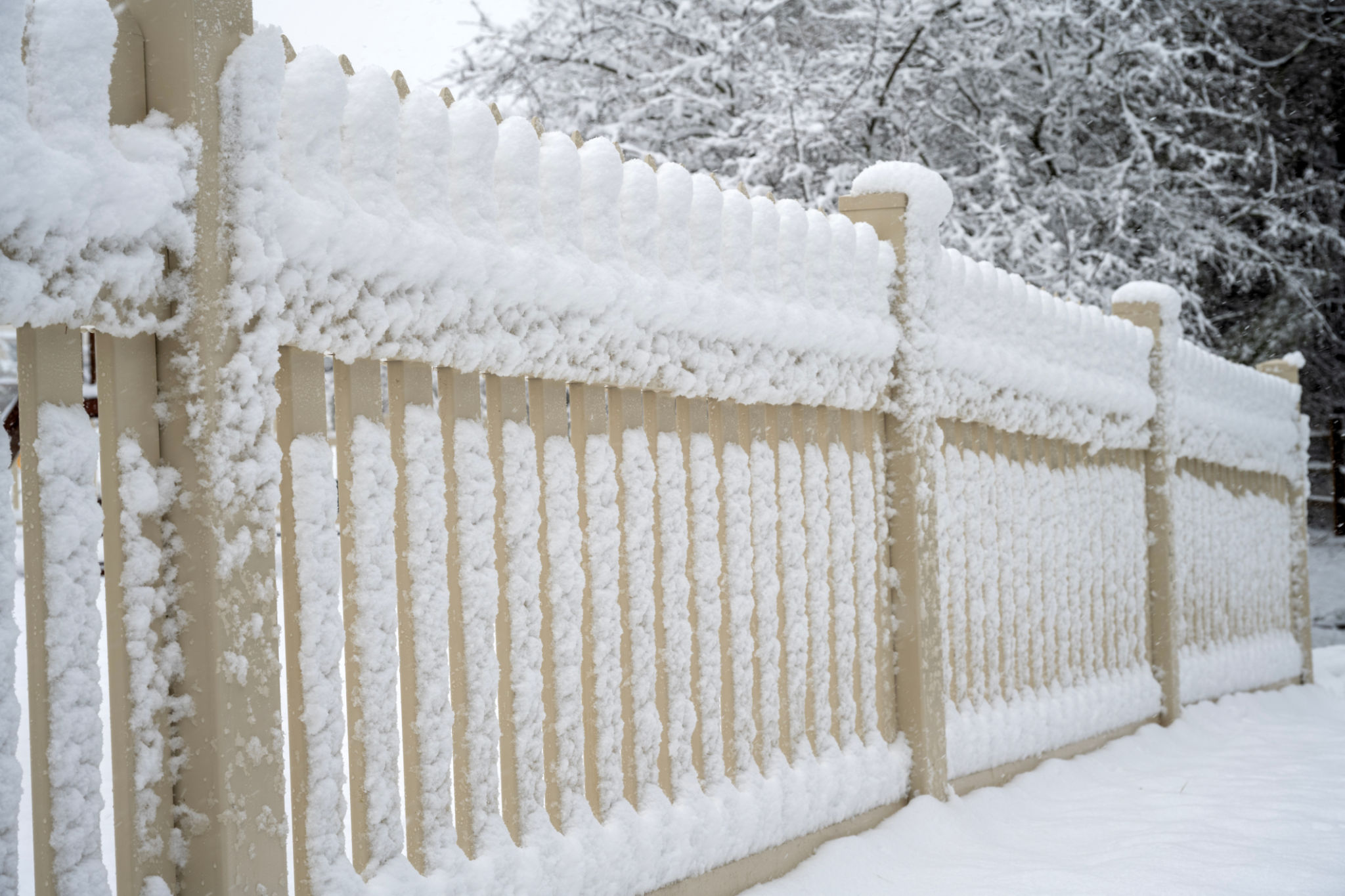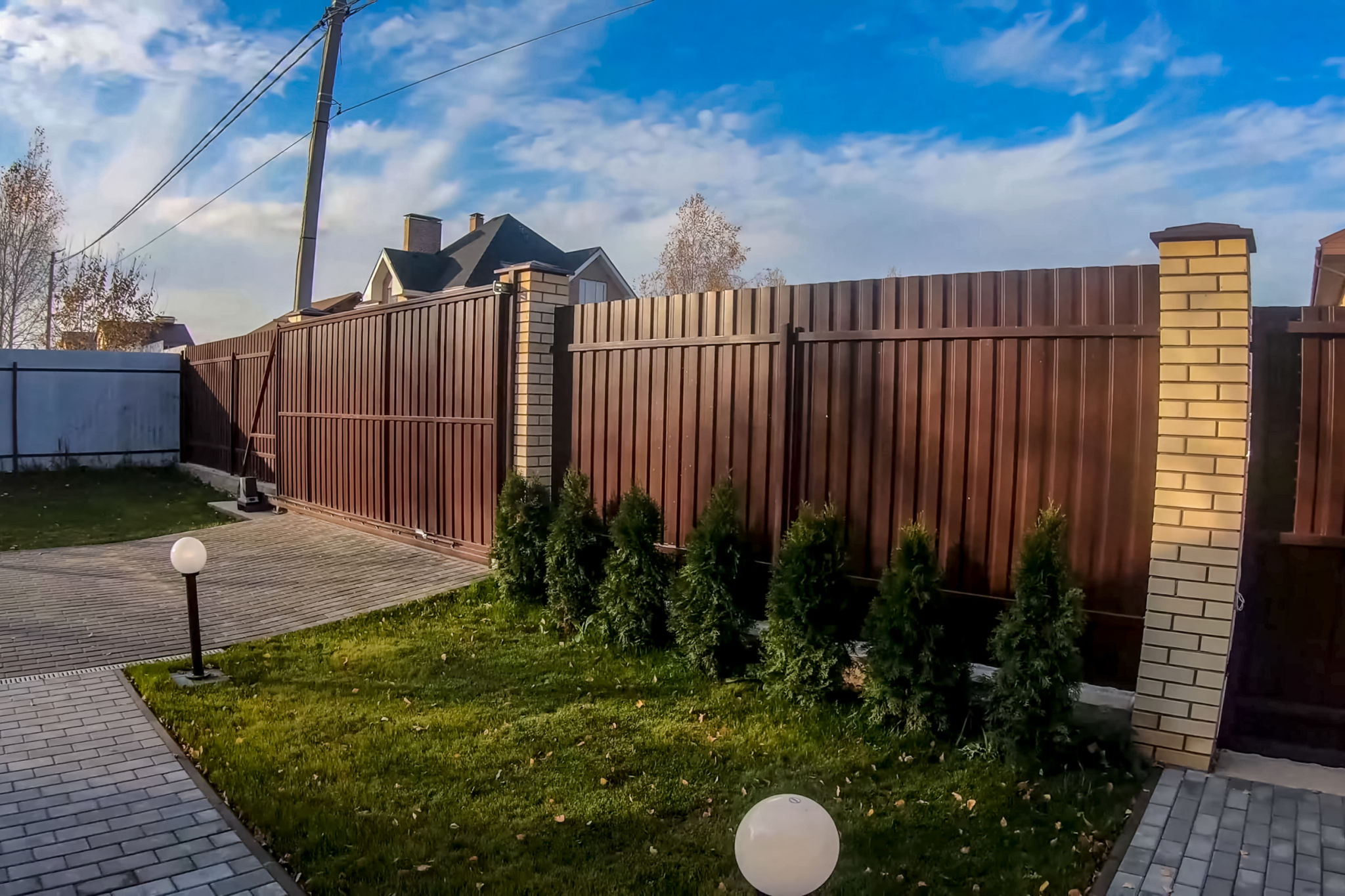Comparing Fencing Materials: Which is Best for Your Climate?
Understanding Your Climate
When it comes to selecting the right fencing material, understanding your local climate is crucial. The weather conditions in your area can significantly impact the longevity and maintenance requirements of your fence. What works well in one region might not be suitable for another. Different materials respond uniquely to factors like humidity, temperature fluctuations, and exposure to sunlight.
Before choosing a fencing material, consider the climate challenges you face. Is your area prone to heavy rainfall, strong winds, or extreme temperatures? Answering these questions will help you make an informed decision.

Wood Fencing: A Classic Choice
Wood fencing is a traditional and popular choice, especially in areas with moderate climates. It offers a natural look that blends well with various landscapes. However, wood is susceptible to rot and insect damage, particularly in humid environments. In areas with frequent rain, wood fences require regular maintenance, including staining or sealing, to protect against moisture.
For homeowners in drier climates, wood can be a durable choice if properly maintained. Consider using rot-resistant wood types like cedar or redwood to prolong the life of your fence.

Vinyl Fencing: Low Maintenance and Versatile
Vinyl fencing is a popular option for those seeking low-maintenance solutions. This material is resistant to moisture and does not warp or rot, making it ideal for humid and wet climates. Additionally, vinyl fences come in a variety of styles and colors, allowing for greater customization.
One downside of vinyl fencing is its vulnerability to extreme temperatures. In areas with significant temperature swings, vinyl may become brittle over time. However, for regions with stable weather, it remains an excellent choice due to its durability and minimal upkeep requirements.

Metal Fencing: Strength and Durability
Metal fencing, such as aluminum or steel, offers robust protection and can withstand harsh weather conditions. It is particularly suitable for areas prone to high winds or heavy snow, where other materials might falter. Metal fences require minimal maintenance, primarily needing occasional cleaning to prevent rust.
Aluminum fences are lightweight and resistant to corrosion, making them a great option for coastal areas with salty air. Steel fences are stronger but may require rust-proof coatings in humid climates.
Composite Fencing: A Blend of Benefits
Composite fencing combines the best features of wood and plastic, offering a durable and attractive option for various climates. It resists rot and insect damage while providing the appearance of natural wood. Composite fences do not require painting or staining, making them a low-maintenance choice.
This material performs well in both dry and humid environments, but it can be more expensive than other options. However, its longevity and minimal maintenance needs may justify the initial investment for many homeowners.

Choosing the Right Material for Your Climate
Ultimately, selecting the best fencing material depends on a balance between aesthetics, budget, and climate considerations. Here are some key points to remember:
- Wood: Best for moderate climates; requires regular maintenance in humid areas.
- Vinyl: Ideal for wet climates; avoid in areas with extreme temperature fluctuations.
- Metal: Strong and durable; suitable for windy or snowy areas.
- Composite: Low maintenance; good for both dry and humid climates.
By evaluating your local climate conditions and understanding the strengths and weaknesses of each material, you can make an informed decision that ensures your fence stands the test of time while enhancing your property's overall appeal.